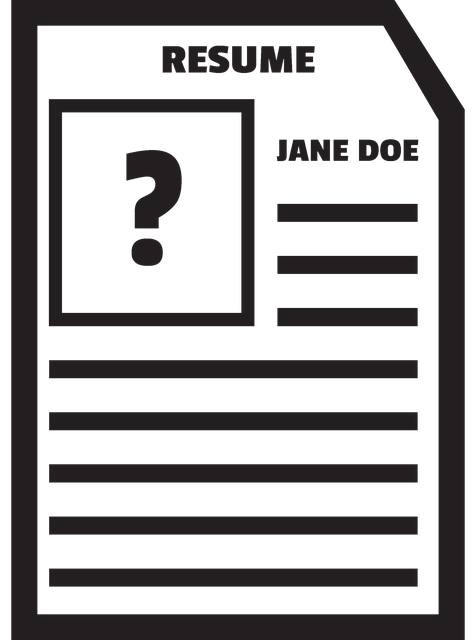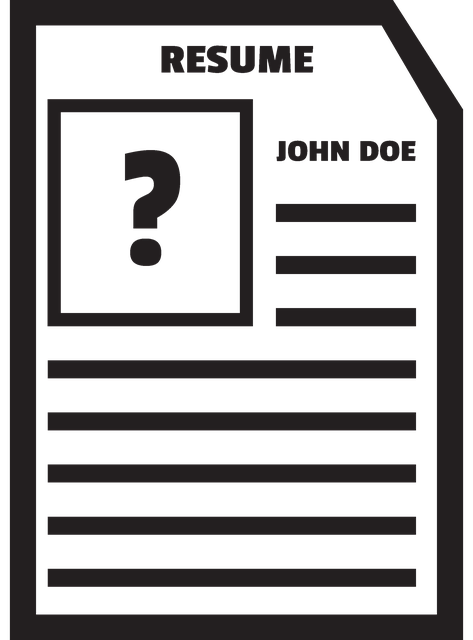Employers use background checks as a crucial tool in the recruitment process to make informed hiring decisions. These checks verify applicants' employment history, education, criminal records, and sometimes social media presence, helping to mitigate legal risks, protect company data, and ensure cultural fit. By revealing potential red flags beyond initial screenings, background checks play a pivotal role in shaping successful hires, protecting sensitive information, and fostering safer work environments. Integrating findings into onboarding processes enhances new employee retention and productivity, while strategic combination with retention strategies mitigates hiring-related risks.
In today’s digital era, employers face unprecedented challenges when it comes to recruitment. To mitigate risks associated with hiring, many organizations are leveraging the power of background checks. This comprehensive guide explores how employers use these checks to enhance safety and make informed hiring decisions. We delve into the role of background checks in recruitment, their impact on hiring processes, and strategies for successful post-hire onboarding. Understanding these aspects is crucial for any business aiming to optimize its talent acquisition efforts.
- Understanding Background Checks: A Basic Overview
- How Employers Utilize Checks to Enhance Recruitment Safety
- The Impact of Checks on Hiring Decisions and Why They Matter
- Beyond the Check: Strategies for Effective Post-Hire Onboarding and Retention
Understanding Background Checks: A Basic Overview

Background checks play a pivotal role in the recruitment process, enabling employers to make informed hiring decisions. These checks involve verifying an applicant’s background information, including their employment history, education, criminal record, and sometimes even their social media presence. The primary purpose is to assess potential risks associated with hiring a particular candidate and ensure that the individual is suitable for the role and organizational culture.
For employers, using background checks as part of their recruitment strategy is crucial. It helps in mitigating legal issues, protecting sensitive company data, and preventing unwanted liabilities. By gaining insights into an applicant’s past, employers can anticipate potential challenges, verify references, and ensure compliance with regulatory requirements. This process becomes increasingly essential, especially for positions that handle sensitive information or have a significant impact on the organization’s operations.
How Employers Utilize Checks to Enhance Recruitment Safety

Employers use background checks as a critical tool to enhance recruitment safety and make informed hiring decisions. By delving into an applicant’s history, employers can uncover potential risks or red flags that might go unnoticed during initial screenings. These checks play a pivotal role in verifying information provided by candidates, such as education, employment history, and even basic criminal records. With access to detailed reports, employers gain valuable insights that aid in assessing the suitability of a candidate for a specific role.
The importance of checks in hiring cannot be overstated, especially in today’s dynamic job market where companies strive to build robust teams. Background checks ensure that employers make recruitment choices based on accurate and verifiable data. This process helps foster a culture of trust within organizations by minimizing the chances of hiring individuals with questionable backgrounds or untrustworthy behavior, thereby safeguarding the interests of both the company and its employees.
The Impact of Checks on Hiring Decisions and Why They Matter

Background checks play a pivotal role in shaping hiring decisions for many employers. In an era where hiring risks can have significant consequences, these thorough investigations have become indispensable tools in the recruitment process. By delving into an applicant’s background, employers gain valuable insights that extend beyond what’s listed on a resume or during an interview. This includes verifying employment history, checking references, and uncovering any relevant criminal records or disqualifying factors.
The impact of such checks is profound; they enable employers to make more informed choices, ensuring that the individuals joining their teams are a good fit. Background checks mitigate risks, protect sensitive information, and foster a safer work environment. In recruitment, where first impressions can be misleading, these checks serve as a critical step in validating applicants’ qualifications and character, ultimately leading to stronger hires and better business outcomes.
Beyond the Check: Strategies for Effective Post-Hire Onboarding and Retention

After an employer uses background checks to screen candidates during the recruitment process, the work doesn’t stop there. Effective onboarding and retention strategies are crucial to ensure that the hired employee becomes a valuable asset to the organization. Employers should go beyond simply checking qualifications and delve into understanding the candidate’s cultural fit, motivation, and potential for growth within the company. A well-structured onboarding program can significantly reduce turnover rates by making new hires feel welcomed, informed, and engaged from day one.
Integrating background check findings into the onboarding process allows employers to set clear expectations and provide tailored support. This could involve pairing new hires with mentors who can guide them through company policies, help them navigate their roles, and foster a sense of belonging. Additionally, regular performance evaluations, feedback sessions, and opportunities for professional development contribute to employee retention by showing that the employer values their contributions and invests in their long-term success. By combining robust background checks with proactive onboarding and retention strategies, employers can minimize risks associated with hiring decisions and create a more productive and satisfied workforce.






